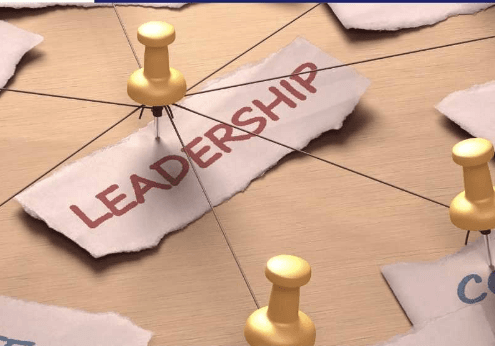Posts

Building Trust and Rapport: Leadership Lessons for Every Client Interaction
January may be behind us, but the real work of 2025 is just getting…

Leadership Excellence
A Note From Jenny
A Wake-Up Call: Focusing on What Truly Matters
This…

Time for a Temperature Check: Assess and Elevate Your Performance
Step Outside Your Routine
Take a moment to step back from…

Persistence: The Power of Perseverance in Achieving Long-Term Goals
Time Management: Mastering Your Priorities
The Power…

